Winery visits should be on the top of your agenda, but there are fun things to do in Tokaj even if you aren’t an oenophile.
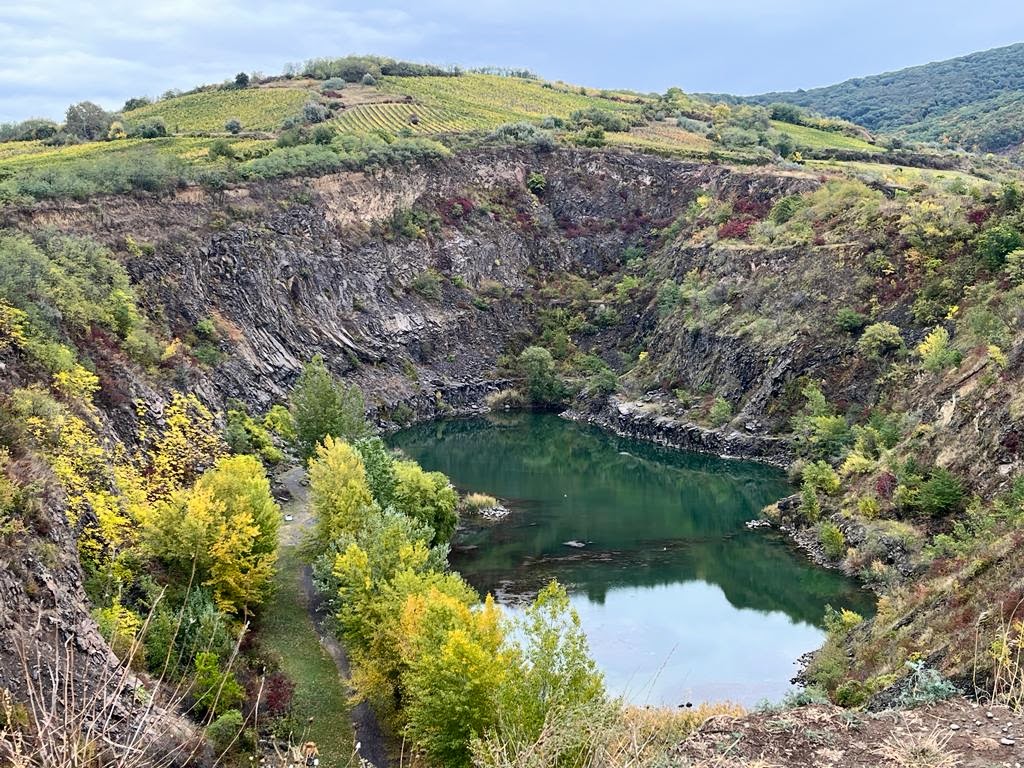
Use this map to find all places mentioned in the article below.
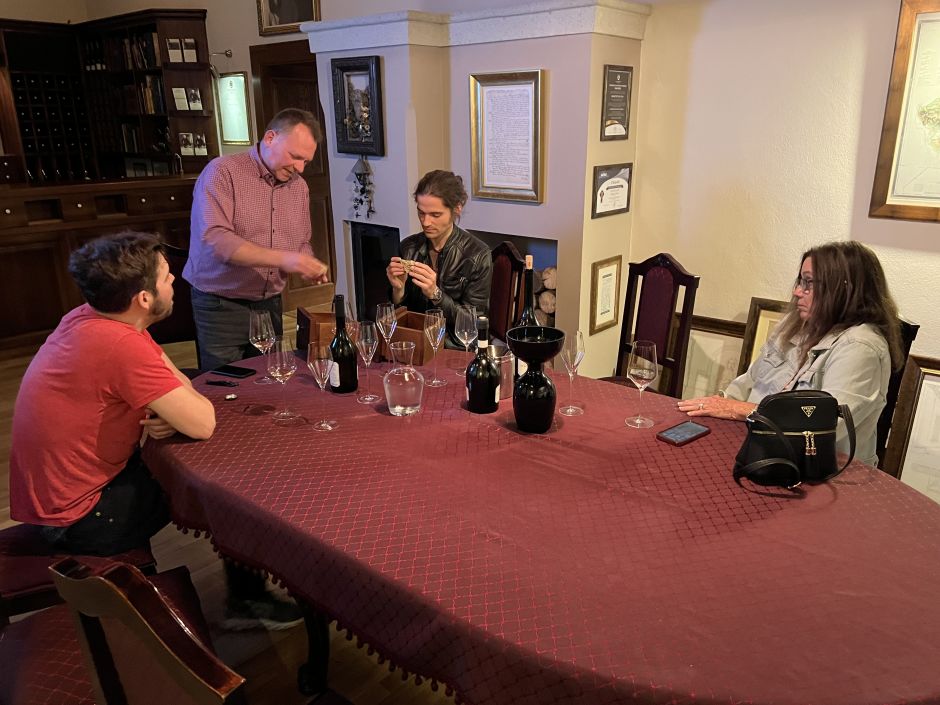
#1 - Go to a wine tasting
Tokaj is one of the unique wine regions of the world: with the help of a naturally occuring benign fungus and a meticulous manual harvest, extremely complex sweet wines are produced. This is your chance to absorb the vibes of the region: see vineyards, meet the winemakers, try wines. This list of wineries will help to get you started.
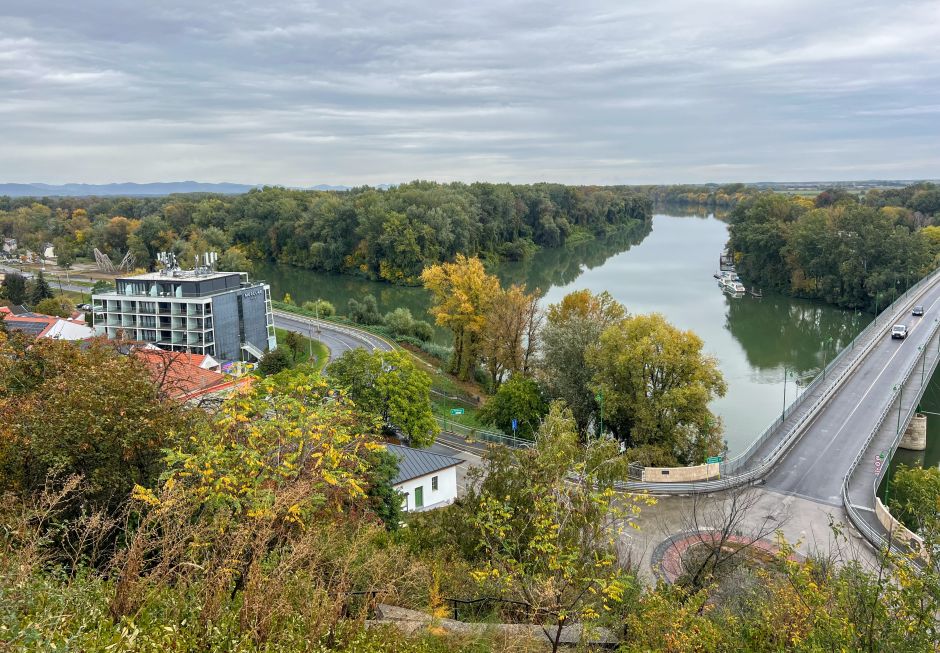
#2 - Spend a few hours in the city of Tokaj (all locations)
The reason the wine region is named after the city of Tokaj is because of its strategic position by the Tisza river. Historically, the Tisza was an important transportation route and Tokaj a commecial center. Today, the town feels a little deserted and run-down, but the old city is worth spending a few hours in. Start where the Bodrog and Tisza rivers meet, an arresting view from the bridge over them (even better from the Finánc-dombi lookout point, after a three-minute uphill hike).
Then stroll the main street, named of course after Ferenc Rákóczi II, the local feudal landlord who organized a (failed) national revolution against the Habsburgs in the early 18th century. As a testament to Tokaj's once-diverse population, the city has five places of worship – a Roman Catholic, a Calvinist, a Greek and a Russian orthodox church, and a synagogue – all within a five-minute walk from one another. See more below on Tokaj's two wonderful museums.
You can fuel up on new-wave coffee at Kávé Manufaktúra; for food, try Labor or Winestone, both of them slick modern restaurants. Hétszőlő Winery, one of the great labels, has a retail store on the main square that's open on most days.
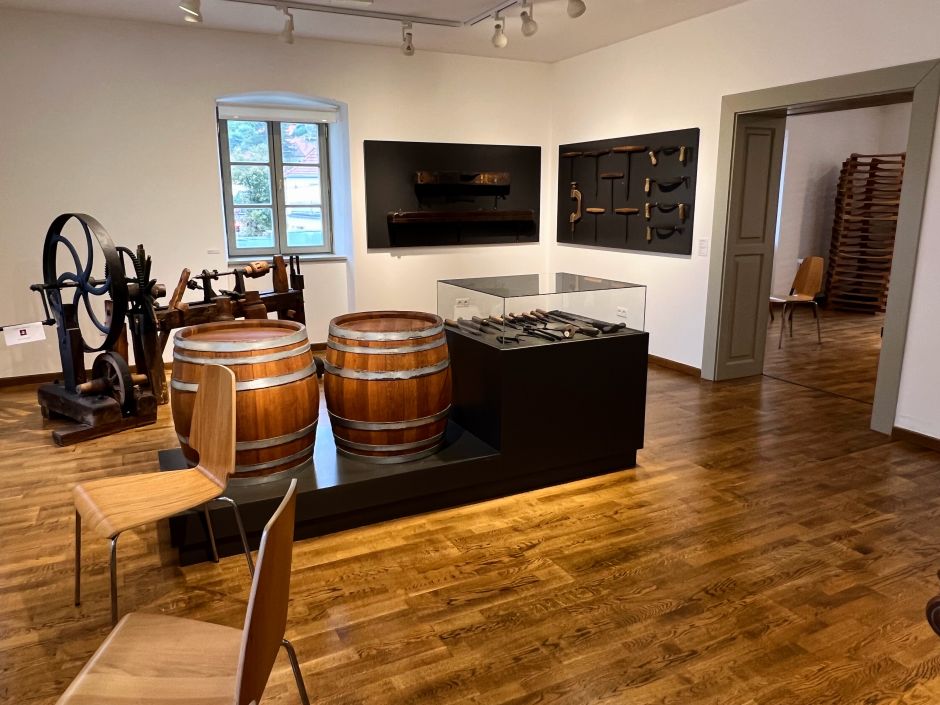
#3 - Visit the Wine and World Heritage Museum in the city of Tokaj (location)
Opened in 2015, this modern interactive museum provides a helpful introduction to Tokaj's winemaking traditions. Featured themes include essential wine terms, soil types, grape varieties, barrel-making, food pairing ideas, Tokaj as a tool for political diplomacy. And so much more. (Good with children, too.)
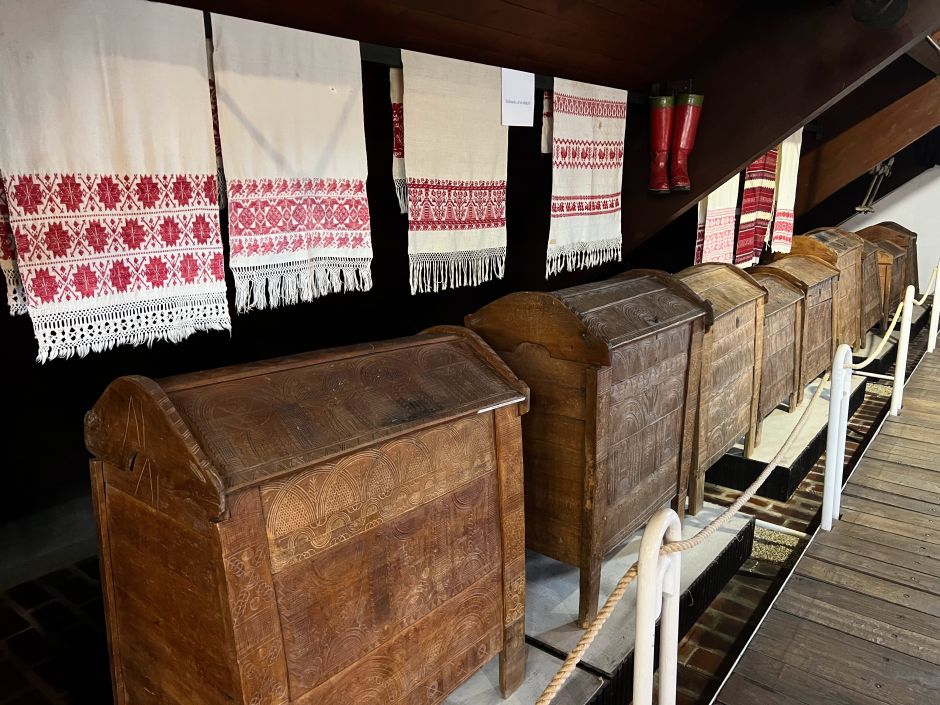
#4 - Visit the Tokaj Museum in the city of Tokaj (location)
This charmingly old-school exhibition takes place inside the house where a wealthy Greek wine merchant and his family lived in the 18th century. There are fun dioramas and models about Tokaj's wildlife and topology, but most enjoyable is the attic, filled to the brim with folk art pieces from eastern Hungary and Translyvania. Carpets, decorated pots, dowry chests, ornate flasks, textiles. Not to be missed.
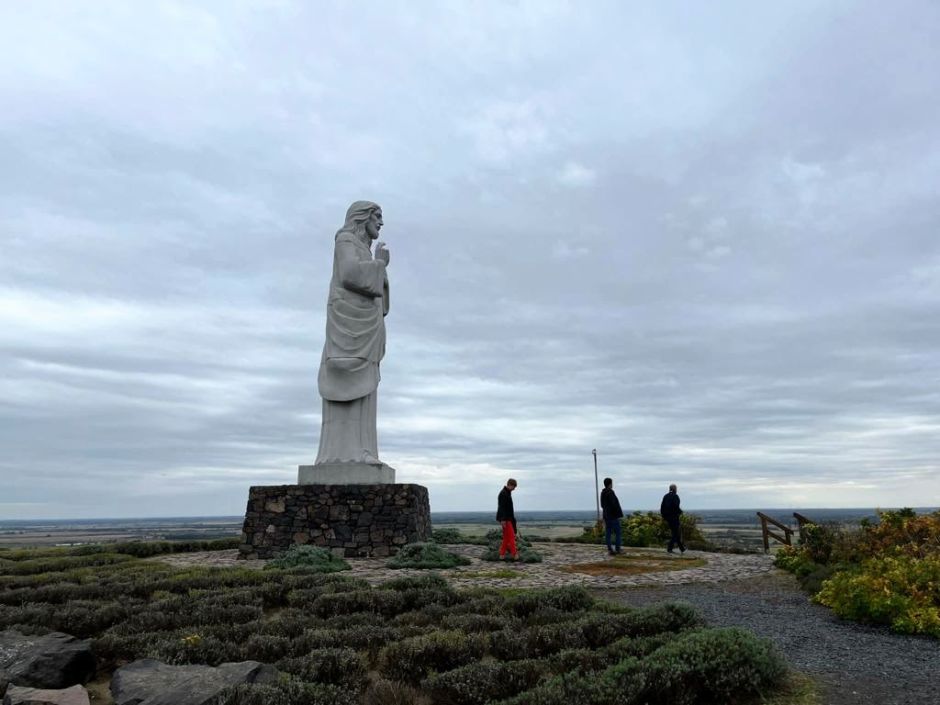
#5 - Hike up to the Christ statue on the Tarcal hilltop (location)
After a ten-minute uphill climb, sweeping views of the wine region await you with the expansive Hungarian Plain as the backdrop. There’s a quarry lake in the side of the hill, proving that not only wineries but also mining companies value the mineral-rich Tokaj soil (observe the cross-sectional view of volcanic layers). The trail sets off and terminates by Kikelet, the excellent winery of the French-Hungarian Stephanie Berecz, so you can crown the trip with a tasting.
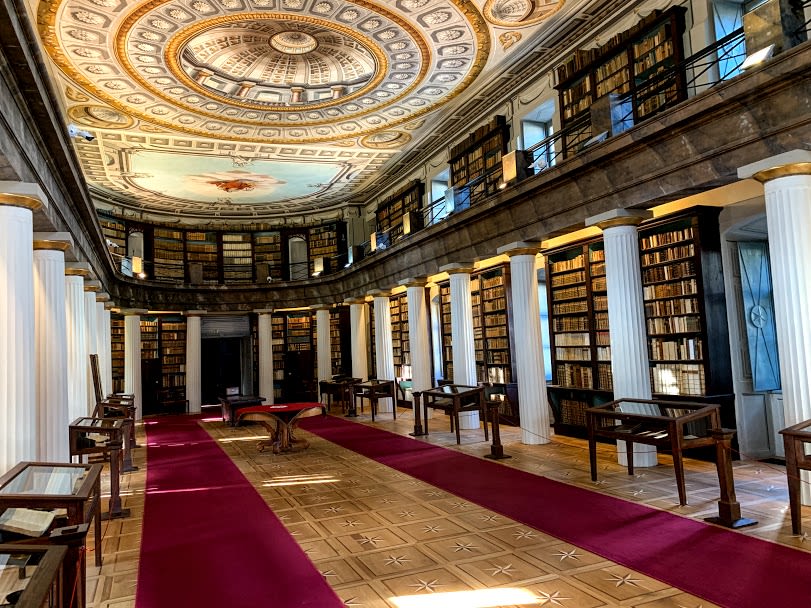
#6 - Spend a few hours in Sárospatak (all locations)
Today a sleepy town near the Slovakian border, Sárospatak was a thriving city under the dominion of the Rákóczi dynasty in the 16-17th centuries. It was dubbed the “Athens by the Bodrog River“ thanks to the renowned prep school – Sárospatak Reformed College – founded here in 1531 (it's still among the top in Hungary). The school has a lavish library and they normally provide short English-language tours for foreign visitors between 9 a.m. to 4 p.m. every day (until noon on Sundays).
Sárospatak's medieval castle is a palimpsest of history with Gothic, Renaissance, and Romantic elements. Inside, the permanent exhibit of the Rákóczi Museum is heavy on Hungarian history so may not be for everyone.
Save your appetite for Vár Vendéglő, an old-school Hungarian restaurant with excellent traditional fare. If you also have time to visit a true garage winery, drop in to Tamás Vincze (+3620 511 8942), a talented young winemaker.

#7 - Take in the architecture of Disznókő winery (location; open daily from 10 a.m. to 6 p.m.; +3647 569 410)
AXA Millésimes, the French wine conglomerate and the owner of Disznókő in Tokaj, commissioned Dezső Ekler, a disciple of the legendary architect Imre Makovecz, to design Disznókő's new winery. The 1993 project turned out to be a resounding success. There's a timelessness to both the sculptural tractor storage and the four elegantly converging winery buildings. As part of a wine tasting you can tour the facilities of Disznókő, which also has a restaurant and wine store on the premises. (Advance booking at [email protected])
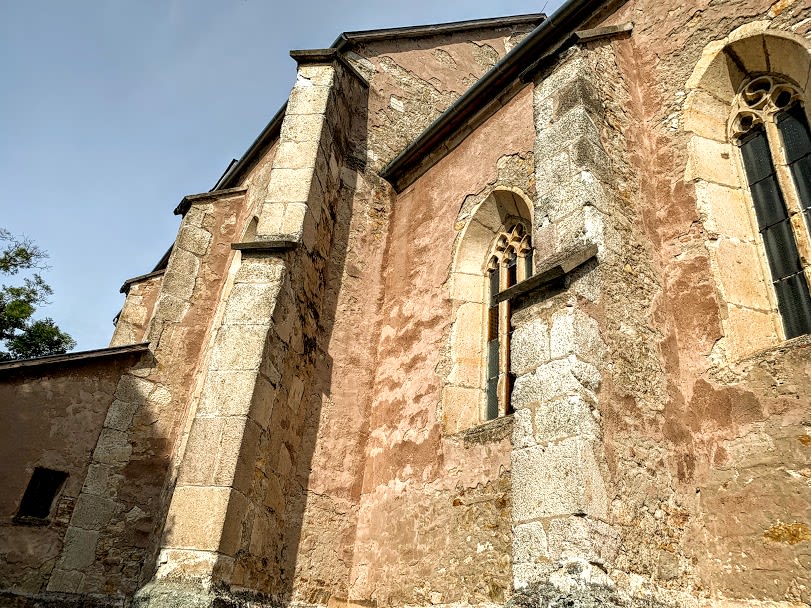
#8 - See the medieval churches of the wine region (all locations)
Medieval churches anchor many Tokaj villages, including Mád, Bodrogkeresztúr, Olaszliszka, and Bodrogolaszi. On Sunday mornings, services are still held in most of them, although the congregations are rapidly graying and dwindling.
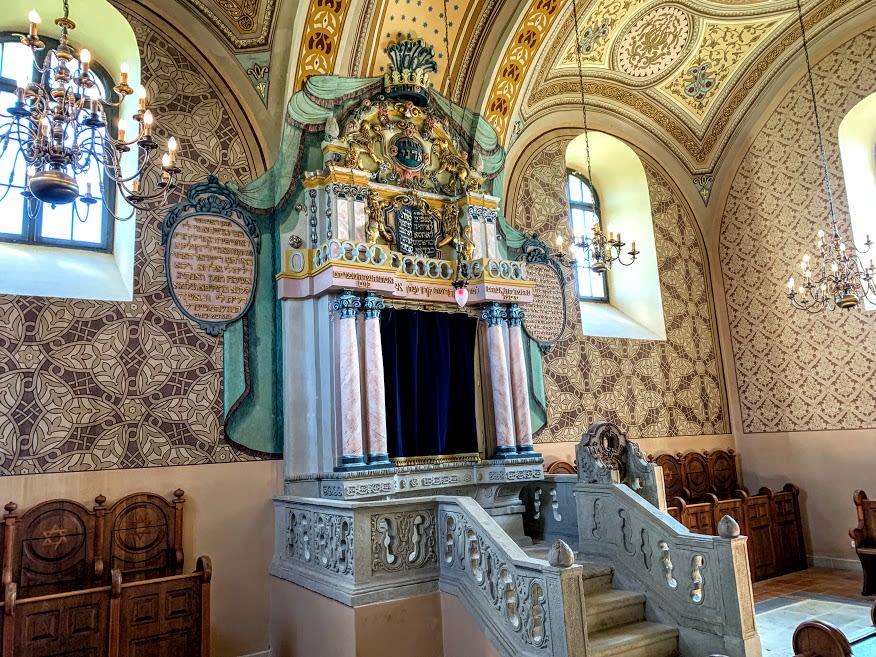
#9 - Visit the synagogue in Mád (location; open every day from 9 a.m. to 4 p.m.; +36 30 925 1808)
Starting in the 18th century, Mád was home to a thriving community of orthodox Jewish wine merchants. Few of them survived the Holocaust and those have since left Hungary, but the community's renovated Baroque-style synagogue is open to visitors. The former yeshiva building behind the synagogue is a visitor’s center today. A ten-minute walk from here, perched on the hillside at the end of town, is the Jewish cemetery, also open throughout the week.
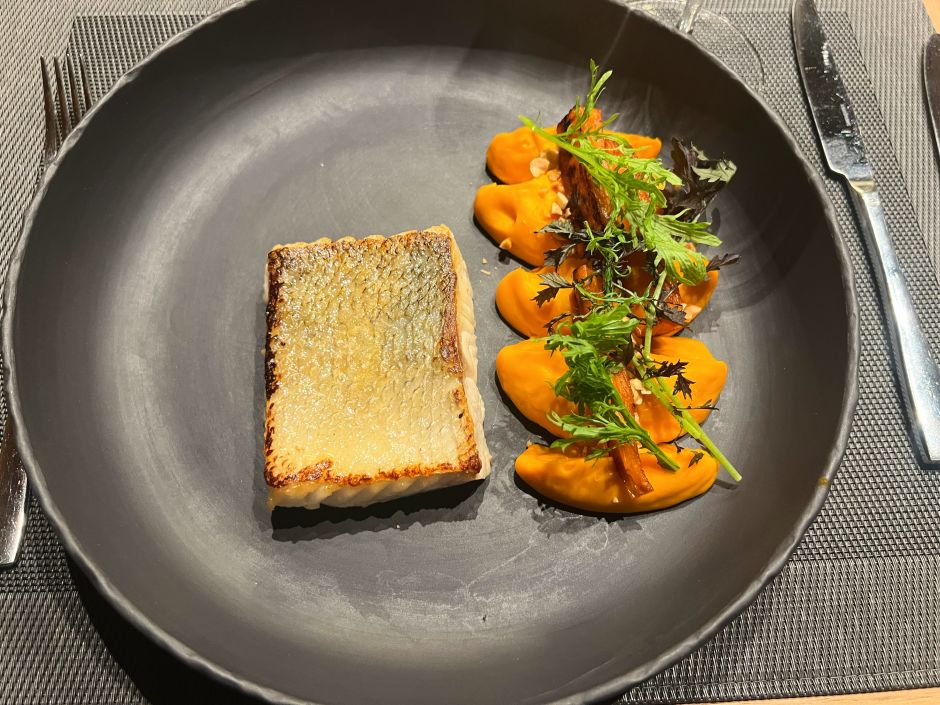
#10 - Enjoy a meal in the wine region (location)
The dining landscape in Tokaj has come a long way – an increasing number of truly excellent restaurants opened in the last few years. If unfussy traditional Hungarian fare is what you're after, head to Lebuj Fogadó or Vár Vendéglő. For a discerning meal, there's Bobajka Étterem and Dereszla Bisztró. Here, the full list of options.
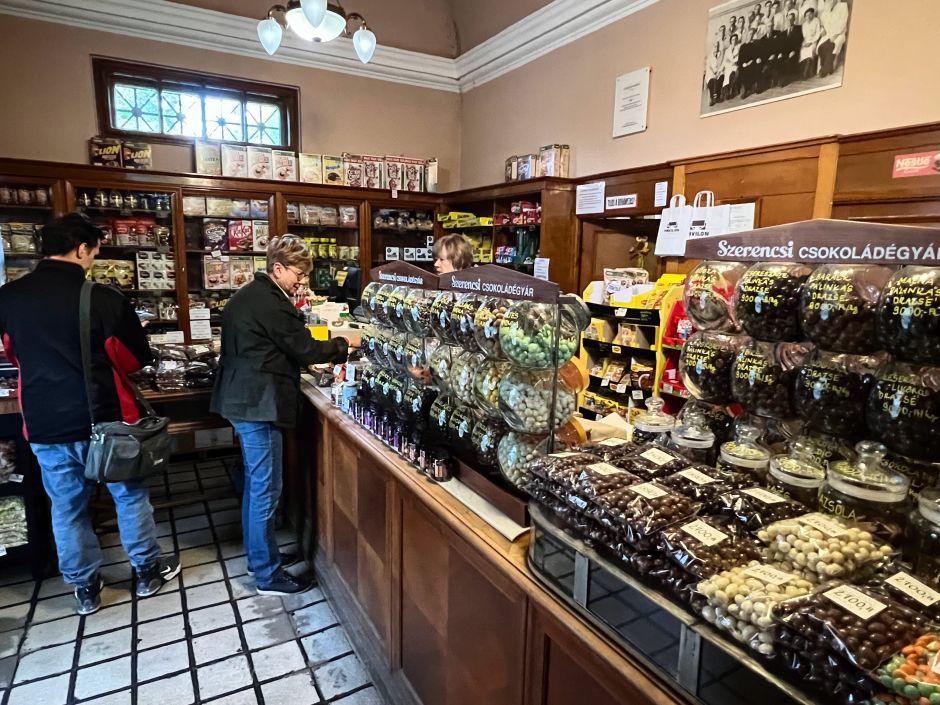
#11 - Buy sweets at Pavilon Édességbolt in Szerencs (location)
Szerencs has long been the capital of chocolate production in Hungary. While the main factory was acquired by Nestlé in 1991, a smaller Hungarian firm has carried on with the traditional products. From bonbons to marzipan to dark chocolate to candy to you name it. Their small retail store in Szerencs is fully stocked and joyously old-school.
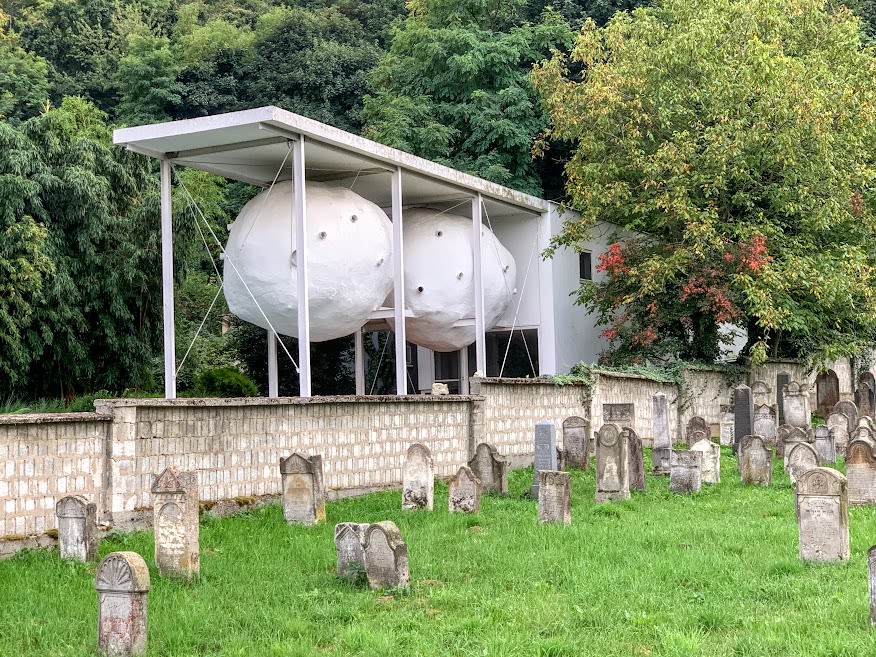
#12 - Take in the architecture of Ferenc Bán's Tokaj house (location; observable from the road outside)
Architecture fans will get a kick out of the summer home of Ferenc Bán, a prominent Hungarian architect who hails from Tokaj. The slender steel frames of the white building, which was erected in 2000, were inspired by the industrial structure located across the street on the river's bank. The two amorphous objects dangling from the cantilevered ceiling are the playing rooms of the grandchildren. Tokaj's old Jewish cemetery flanks the building from one side.
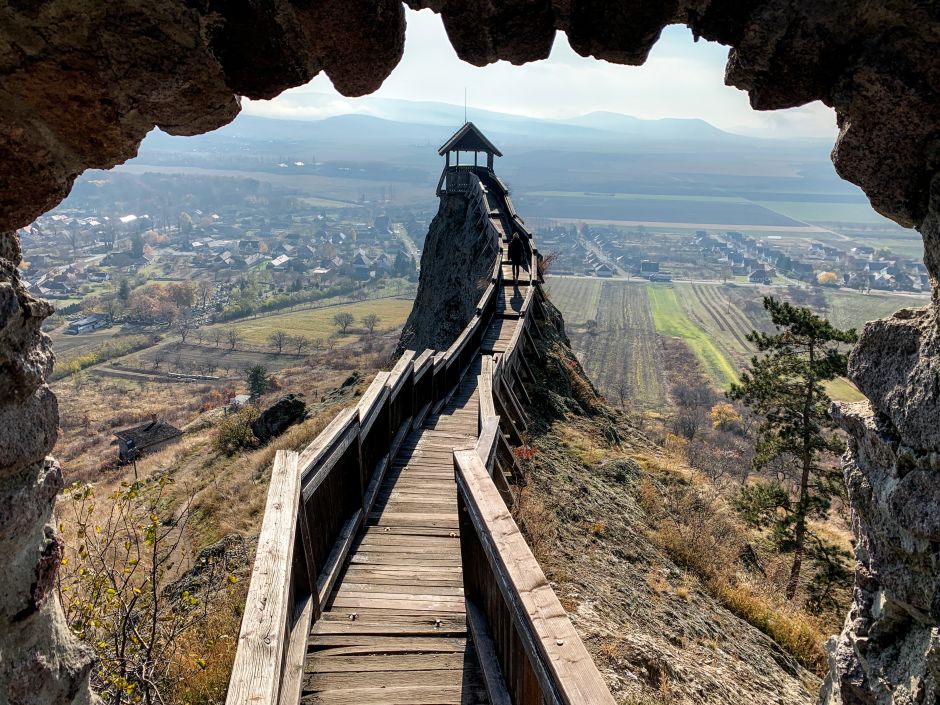
#13 - Climb up to the Boldogkő Castle (location; open daily, HUF2,300 admission)
Ringed by scenic rows of apricot trees, this medieval fortress sits on a steep cliff and overlooks the rolling hills of the Zemplén Mountain and the charming village of Boldogkőváralja. A narrow wooden path juts out from the fortress and leads to a popular lookout point.
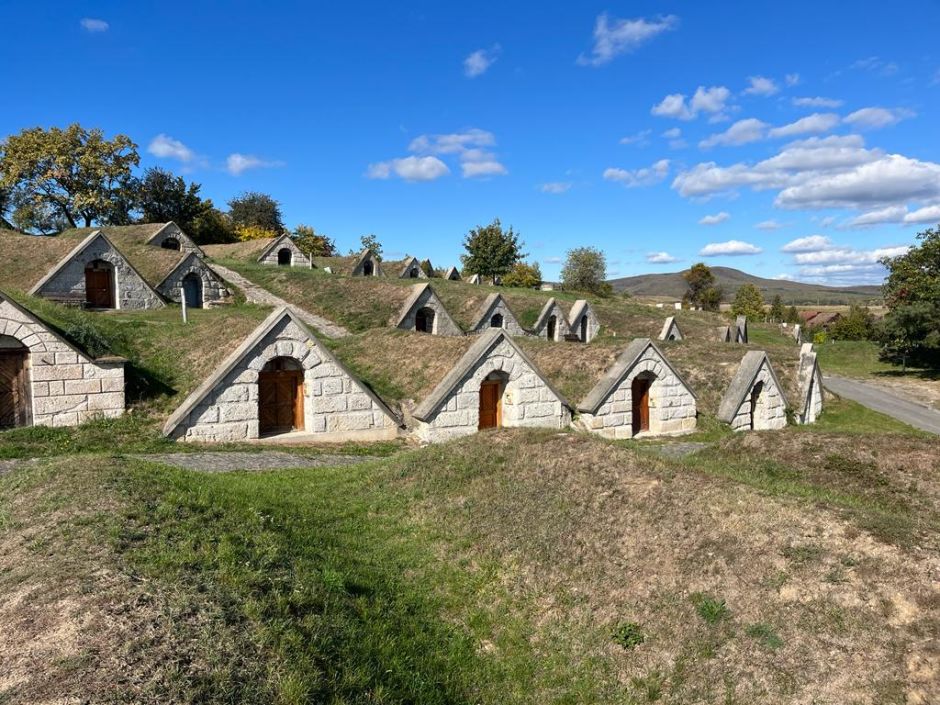
#14 - Visit the eye-catching wine cellars in Hercegkút (location)
Rows and rows of underground wine cellars, only with their triangular stone entrances sticking out of the earth – the Tokaj village of Hercegkút offers two such eye-catching hillsides, the Kőporosi and the Gombos-hegyi. In the mid-18th century, the local landlord settled here German peasants who built these cellars to store wines and vegetables (as they still do today). Depending on when you go, a few might be open and selling wine, but you can always bring your own food and prepare an ad hoc picnic while enjoying the views.
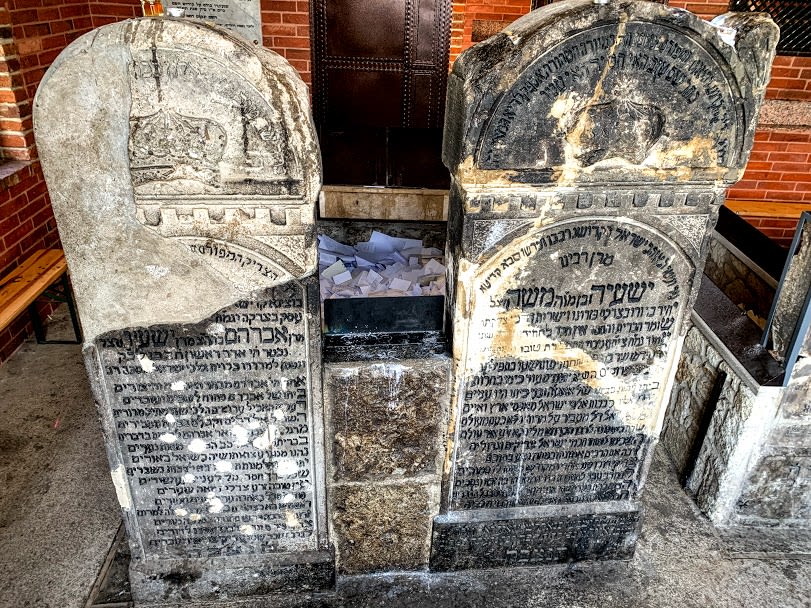
#15 - See the tombstone of Rabbi Yeshaya Steiner in Bodrogkeresztúr (all locations; open all day; call +36 20 353 9111 if no one there to let you in)
Before WWII, the area near Tokaj was a hotbed of various Hasidic groups, led by charismatic rebbes with large followings. After the Holocaust, the few survivors fled abroad. Now, every year, thousands of ultra-orthodox Jews mainly from the U.S. descend on the town of Bodrogkeresztúr to commemorate the death anniversary of the legendary Rebbe Yeshaya Steiner, who died there in 1925. The rebbe's tombstone is covered in wish lists his followers have left to him over the years.
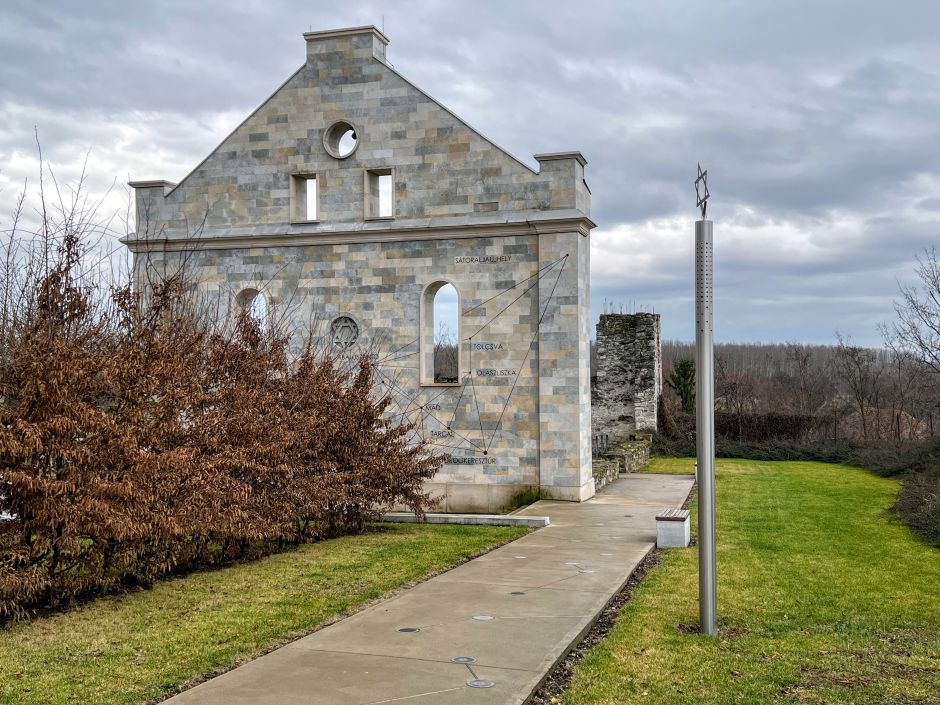
#16 - Visit the Holocaust memorial & grave of Tzvi Hersh Friedman in Olaszliszka (all locations; call +3630 925 1808 for access to the memorial and +3620 593 1283 to the cemetery)
Olaszliszka used to be an important center for Hasidic life in Hungary in the 19th century. In the town's cemetery rests Rebbe Tzvi Hersh Friedman, the founder of the so-called Liska dynasty. After the Holocaust, Olaszliszka ceased to have a Jewish community and the town's synagogue was dismantled. In 2015, using its one remaining wall and a new front, the town erected a memorial for the victims. The Liska Hasidic group lives on in Brooklyn today, and its members regularly visit the grave of their founding rebbe.

#17 - Go for a hike or a run up to the Szent Tamás vineyard (location)
Located a 25-minute walk from Mád's center, Szent Tamás is a scenic vineyard marked by a mound of volcanic rocks. Once up here, take a breather to regain your strength and enjoy the vistas. If you're visiting around harvest time, when the grapes are ripe, feel free to pick a few as you go – no one is going to call the cops on you.